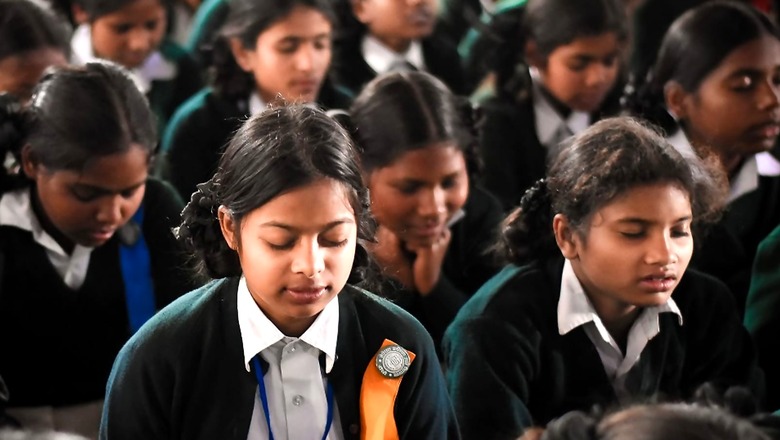
views
Micronutrient deficiencies — also referred to as ‘Hidden Hunger’ — affect health, learning ability, and productivity owing to high rates of illness and disability, thus contributing to a vicious cycle of malnutrition, underdevelopment, and poverty.
Micronutrient deficiencies affect almost one-third of the world’s population. In India, around 0.5 per cent of total deaths were contributed by nutritional deficiencies. Anemia, the most common micronutrient deficiency, affects almost 50 to 60 per cent of preschool children and women. It is a major public health problem in the country, affecting nearly a third of the global population.
What are Micronutrients?
The World Health Organization (WHO) defines ‘micronutrients’ as compounds required in significantly smaller amounts — than macronutrients such as protein and carbohydrates, including vitamins and minerals. Micronutrients are vital for human bodies to produce hormones, enzymes, and other substances that manage growth and development.
Deficiency of minerals and vitamins during childhood and adolescence has a negative impact on general health, growth, neuropsychological behaviour, cognitive and motor development, intelligence quotient (IQ), attention, learning, memory, language ability, and even educational achievement.
Deficiency of minerals such as Iron, Folate or Vitamin B12 results in anaemia, which negatively impacts work capacity, intellectual performance, and child cognitive development.
The stark reality of India’s hidden hunger
The Indian government took several initiatives to prevent nutritional anemia in children and pregnant and lactating women, and promoted regular consumption of foods rich in iron and provision of iron and folate supplements.
The latest Survey carried out by the Ministry of Health and Family Welfare reported the prevalence of anemia as 58.6 per cent among children aged 6-59 months, 53.1 per cent in women aged 15-49 years, 50.4 per cent in pregnant women aged 15-49 years and 22.7 per cent in men aged 15-49 years.
According to the Comprehensive National Nutrition Survey of children, (CNNSC) aged between 0 and 19 years, zinc deficiency was observed in 19 per cent of preschool children and 32 per cent of adolescents, whereas folate deficiency in 23 per cent of preschool children and 37 per cent of adolescent in India. Vitamin B12, A and D deficiencies range between 14 and 31 per cent for preschool children and adolescents.
How nutrition relates to the quality of life
Impaired child growth and cognitive development due to undernutrition hinder school enrollment. It causes absenteeism or early drop-out due to ill-health or poor learning and prevents optimal learning and skills development. This can lead to reduced educational outcomes, work productivity, and risk from other diseases and health conditions.
Improving nutrition would support improved education outcomes, while enhanced educational performance — particularly of girls, who will become the next generation’s mothers — would help improve intergenerational effects of malnutrition.
Despite the Indian government’s efforts to improve micronutrient deficiency by introducing food fortification, dietary diversification, nutritional education, micronutrient supplementation, and environmental sanitation and hygiene maintenance, the problem still persists. Therefore, the primary focus is now on fortifying foods with essential micronutrients in India, per the Food Safety and Standards Authority of India (FSSAI).
Written by Dr Swathi Chikkala, assistant professor, Department of English and Convenor, Women Empowerment Cell, GITAM
Read all the Latest Education News and Breaking News here

















Comments
0 comment